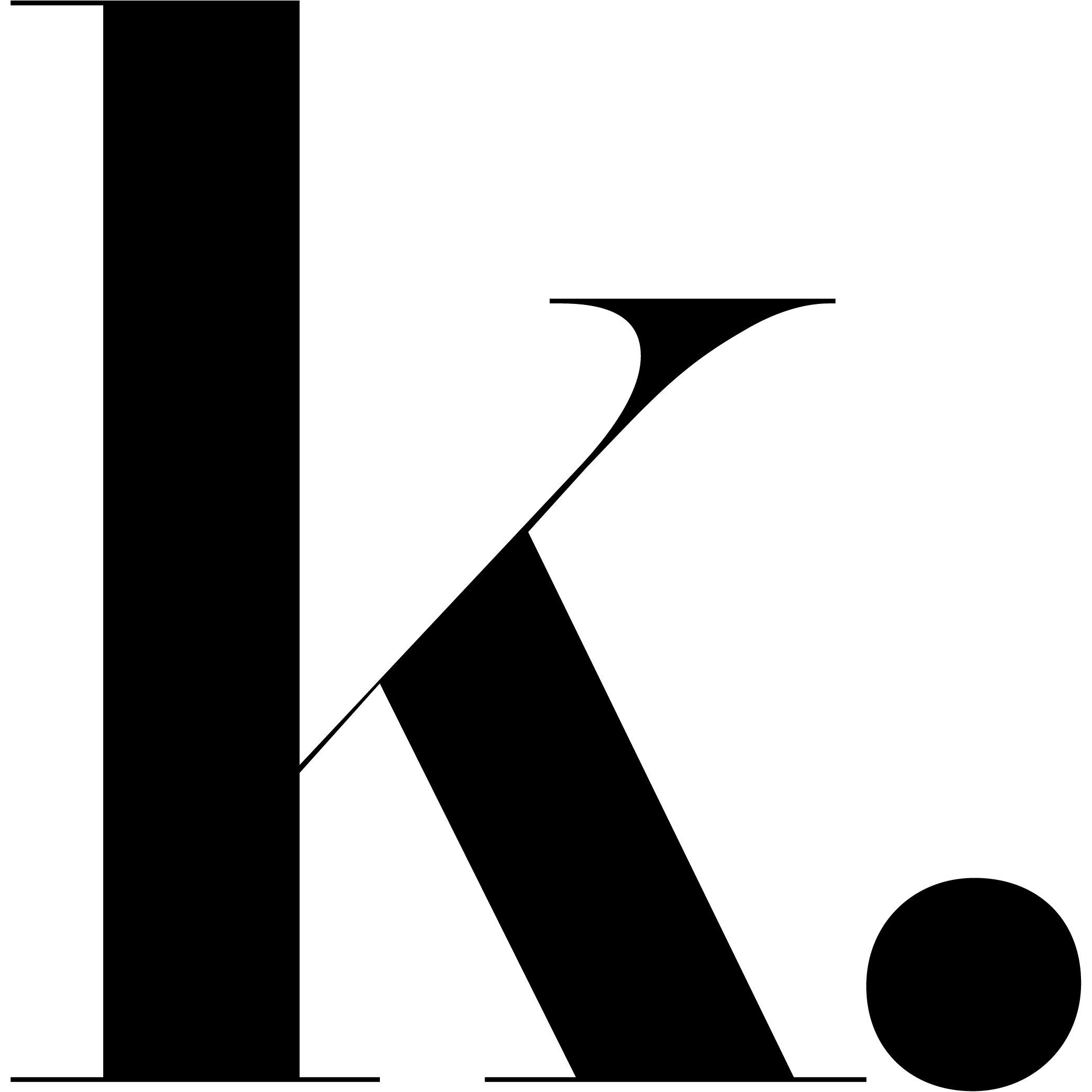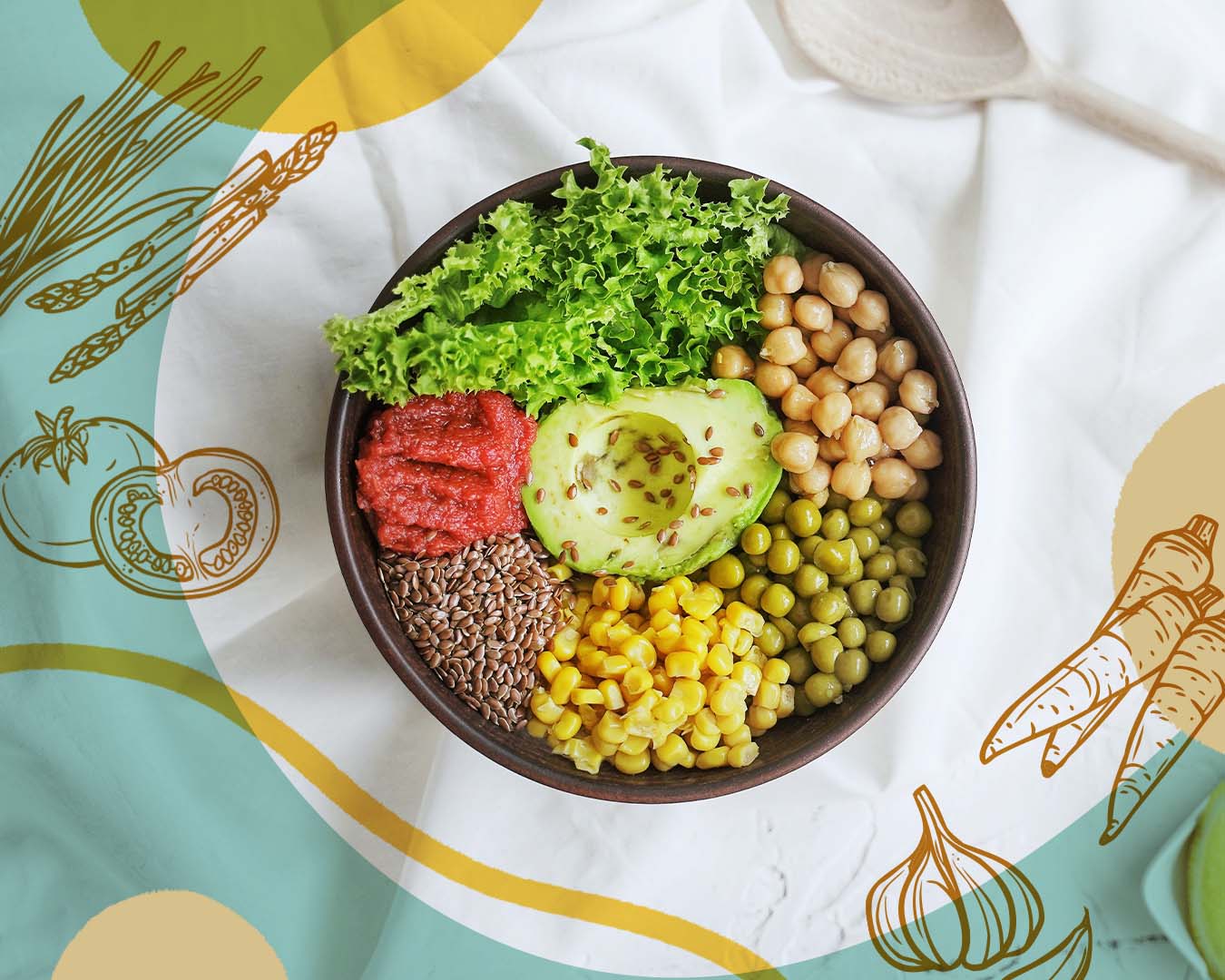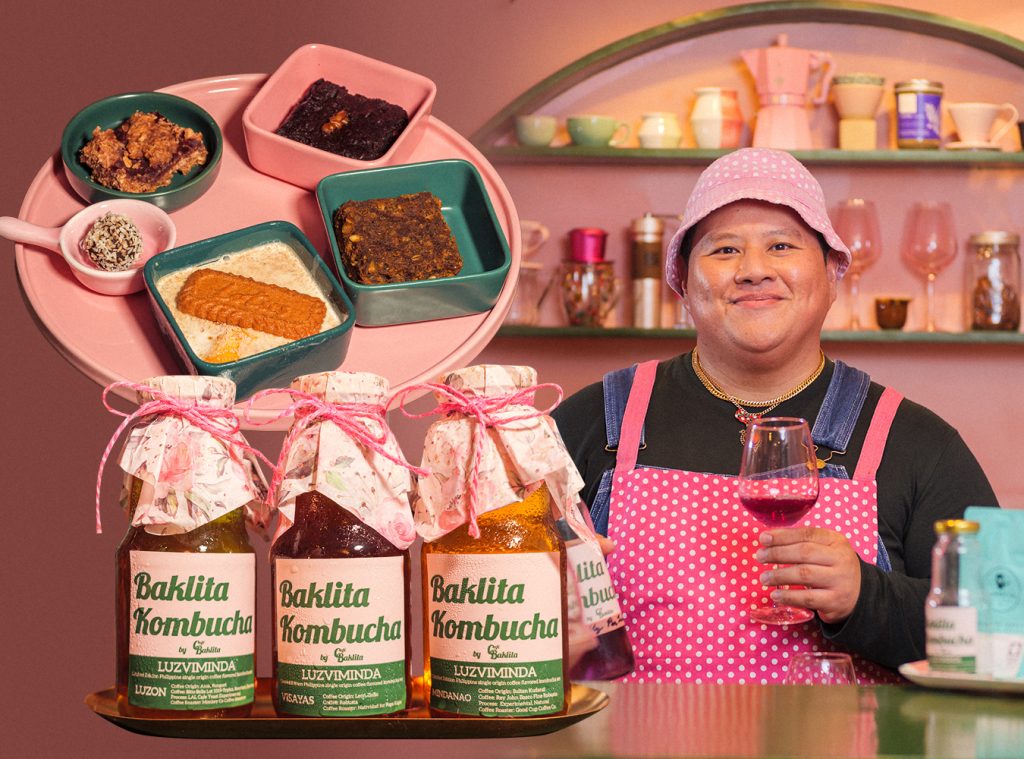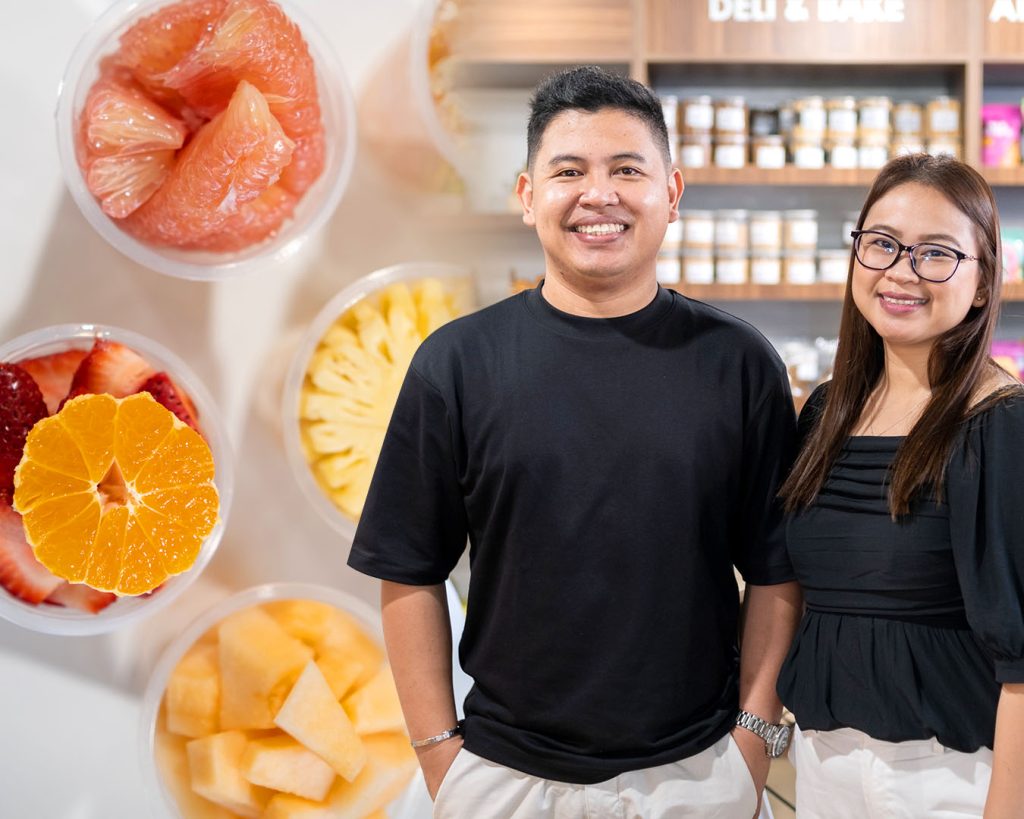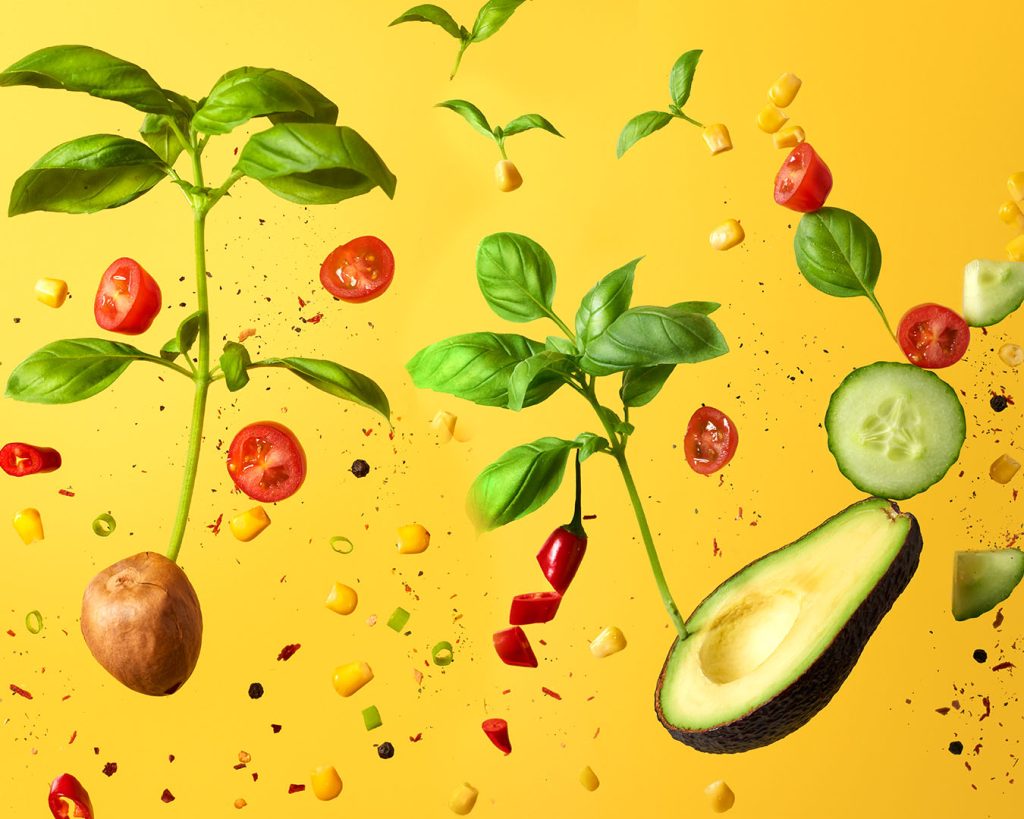The vegan or plant-based term has been a buzzword, especially during the pandemic. But even before the pandemic turned the world upside down, vegetarian, vegan, and flexitarian diets were already on the rise. According to Food and Beverage Insider, concerns about personal health, planetary sustainability, and the ethical treatment of animals have helped accelerate this trend.
So what is a vegan diet? A vegan diet involves eating only foods based on plants. Usually, those who follow this diet avoid eating animal products, including meat, dairy, eggs, and honey.
My Venture into Veganism
As a homegrown Cebuana, lechon has been my favorite, especially the fat part. As a result, my blood cholesterol reached borderline levels, and I started to have hypertension even though I wasn’t obese. In addition, my unhealthy eating habits contributed to my frequent visits to the hospital in the past years. This led me to think about changing my lifestyle, including my diet, so I can truly enjoy life.
I started out as a vegetarian (I could still consume animal products such as dairy, eggs, and honey) in 2018 and then shifted to pescatarian (vegetarian but still may consume seafood) in 2019 as soon as I discovered that I’m allergic to soy and tofu. During the pandemic, I decided to go full vegan as I thought I’d be more disciplined since everything was closed, and I was not too tempted to eat out at restaurants.
To help me easily transition to a vegan diet, I started with alternative meats or processed vegan foods, typically the reheat and eat type. Being vegan is not necessarily healthy but at least still better than eating meat from animals, which has been linked to cancer, heart disease, and diabetes.
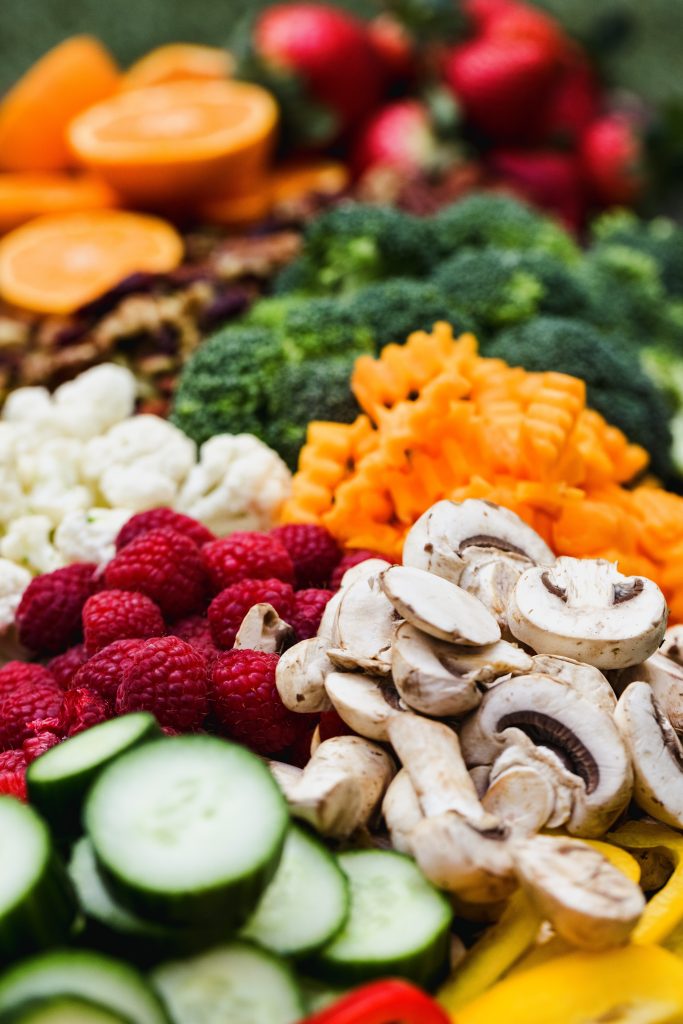
Photo by Nathan Dumlao on Unsplash
The Five Kinds of Vegan Diets
The quality of a vegan diet depends on the foods that make it up. Thus, some vegan diets can have many health benefits, while others may not benefit your health.
In one of the articles I’ve come across, I learned that there are different categories of vegan diets:
- Dietary vegans: Often used interchangeably with “plant-based eaters”, this term refers to those who avoid animal products in their diet but continue to use them in other products, such as clothing and cosmetics.
- Whole-food vegans: These individuals favor a diet rich in whole foods, such as fruits, vegetables, whole grains, legumes, nuts, and seeds. Whole-food vegan diets tend to offer excellent health benefits.
- “Junk-food” vegans: Some people rely heavily on processed vegan foods such as vegan meats, fries, frozen dinners, and desserts, including Oreo cookies and non-dairy ice cream.
- Raw-food vegans: This group eats only foods that are raw or cooked at temperatures below 48°C
- Low-fat raw-food vegans, also known as fruitarians: This subset limits high-fat foods such as nuts, avocados, and coconuts, instead relying mainly on fruit. They may occasionally eat small amounts of other plants.
As a somewhat newbie to the vegan diet, I try to balance whole foods, plant-based, and “junk food” vegan, especially on those ‘meat’ craving days.
Bringing the Vegan Movement Forward
To help Cebuanos appreciate a vegan diet and change the perception that a vegan diet is not tasty, I took a leap of faith and started Only Vegan Food Cebu in 2020. First, we started selling frozen plant-based meats, then our product line gradually expanded, and we began selling vegan ice cream, non-dairy, non-soy milk, mushroom chips, our best-selling vegan chicharon, and vegan cheeses, and butter, among others. As we grew, we became a one-stop vegan grocer in Ayala Malls Central Bloc. I wanted to encourage others to try a healthier alternative to meat eating. And it feels great knowing that I can create awareness of the vegan diet, especially in Cebu, and inspire others to be a better version of themselves through this way of living. Not only does it help our bodies, but also the environment, and it offers consideration and respect towards other living beings.
Those who want to transition to a vegan diet can start slow by maybe setting one day a week, one week a month with meatless meals/no animal products, and then gradually increasing until you can fully transition. Thanks to the availability of plant-based alternatives, it’s becoming easy to transition nowadays.

